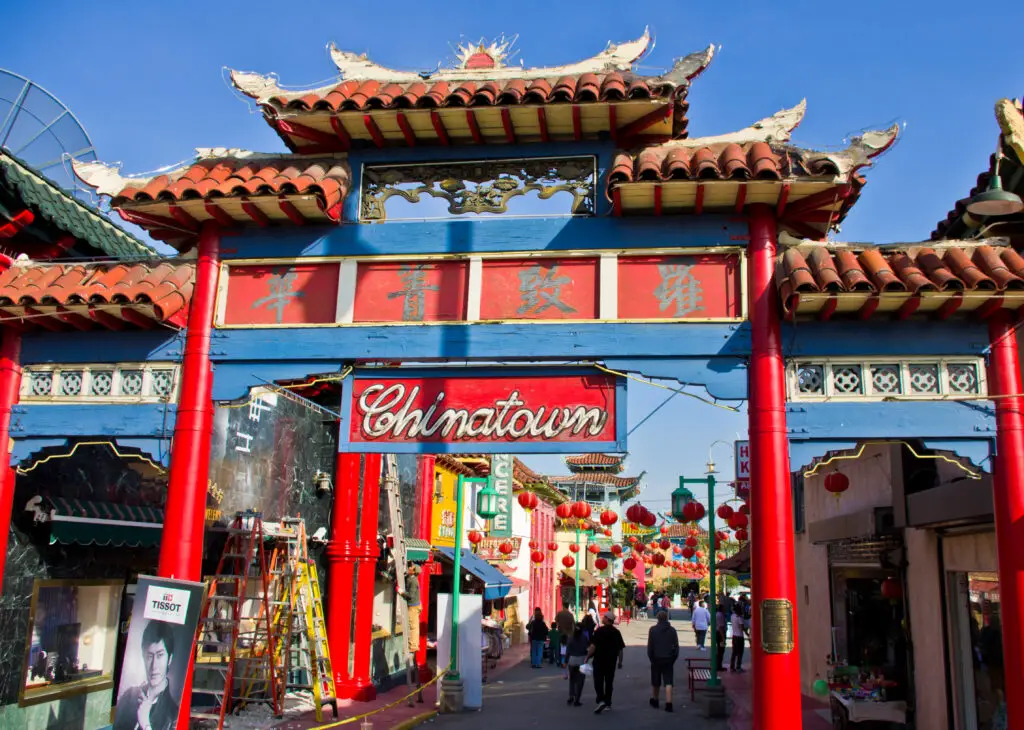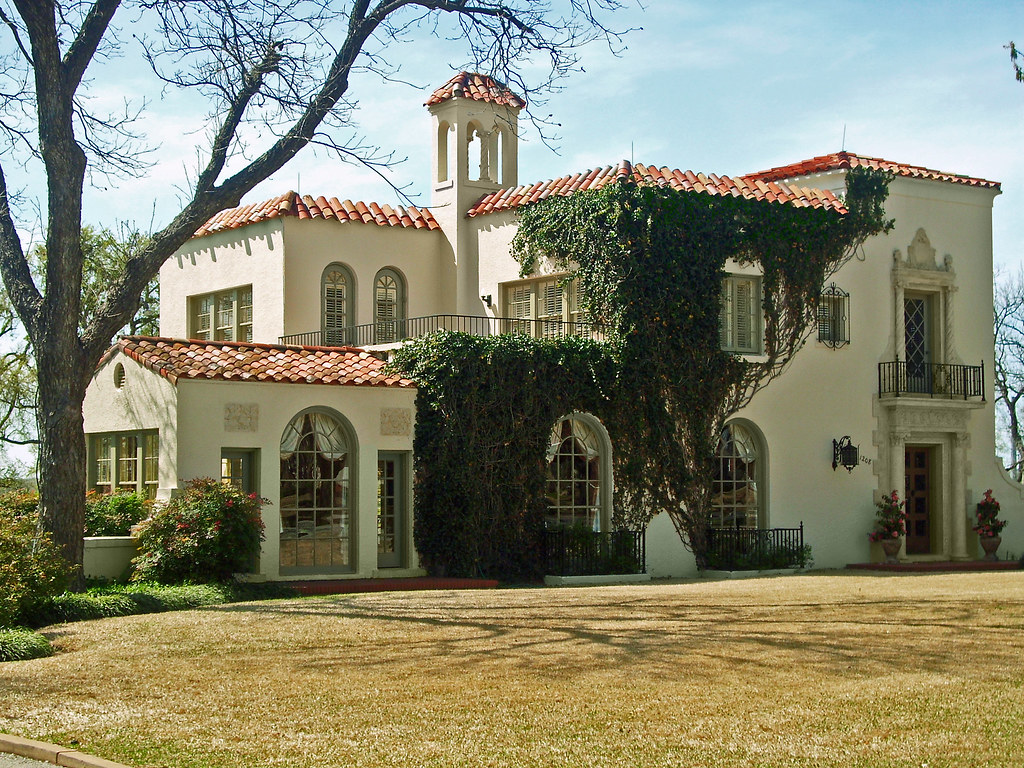Immigration has long been a driving force behind the cultural, economic, and social evolution of American neighborhoods. From creating vibrant cultural enclaves to revitalizing declining communities, immigrants have played a crucial role in shaping the identity of cities and towns across the United States. Their contributions can be seen in everything from local businesses to architectural styles and community traditions. Here are four key ways immigration has transformed American neighborhoods.
1. The Rise of Cultural Enclaves

Immigrants have established strong cultural enclaves that serve as hubs of tradition, language, and identity. Neighborhoods like Chinatown in San Francisco, Little Italy in New York, and Little Haiti in Miami have allowed immigrant communities to maintain their heritage while integrating into American society. These enclaves often feature restaurants, markets, and cultural festivals that attract both residents and tourists, making them key economic and cultural landmarks.
Beyond food and commerce, these communities also provide vital social support. Immigrant enclaves often include community centers, places of worship, and language schools that help new arrivals transition into American life while staying connected to their roots. Over time, many of these areas evolve into multicultural spaces, where different generations and ethnic groups interact, blending old traditions with new influences. As a result, these neighborhoods enrich the broader American cultural landscape.
2. Economic Revitalization of Struggling Cities

Immigrants have played a critical role in revitalizing declining neighborhoods by opening businesses, increasing homeownership, and boosting local economies. Cities that experienced economic downturns, such as Detroit, Baltimore, and Pittsburgh, have benefited from the entrepreneurial spirit of immigrant populations. From corner stores to tech startups, immigrants create jobs and inject new energy into struggling communities.
Studies show that immigrant-owned businesses are more likely to be located in urban areas that need economic renewal, helping to stabilize housing markets and lower vacancy rates. Programs such as the EB-5 visa program, which allows foreign investors to contribute to local economies in exchange for a path to residency, have led to significant investments in real estate and commercial development. This influx of economic activity helps transform once-declining neighborhoods into thriving, diverse communities.
3. Architectural and Urban Influences

Immigrant communities have brought distinctive architectural styles and urban planning influences to American cities. From the colorful Spanish-style homes in the Southwest to the ornate Chinese-influenced rooftops of Chinatowns, immigrant-built neighborhoods often feature unique design elements that reflect their cultural heritage. In places like Los Angeles’ Koreatown and Miami’s Little Havana, architectural styles blend with local traditions, creating visually distinct and historically significant districts.
Beyond individual buildings, immigrants have also shaped the layout and character of urban neighborhoods. Many immigrant communities prioritize walkability, open-air markets, and communal spaces, reflecting traditions from their home countries. These design principles contribute to a vibrant, interconnected environment where small businesses thrive and public spaces foster a sense of belonging. As cities continue to evolve, the architectural influence of immigrant groups remains a defining feature of American urban landscapes.
4. The Expansion of Food Culture

One of the most visible ways immigration has transformed American neighborhoods is through food. Immigrant communities have introduced new cuisines, flavors, and culinary traditions, making diverse food cultures accessible to millions of Americans. Cities like Houston, Chicago, and Los Angeles boast thriving food scenes where Mexican taquerias, Ethiopian cafes, and Vietnamese pho shops stand side by side.
As immigrants bring their culinary traditions to new communities, fusion cuisines emerge, blending flavors and techniques from different cultures. Korean-Mexican tacos, Caribbean-Southern soul food, and Japanese-Peruvian dishes are just a few examples of how immigration has revolutionized American dining. Beyond restaurants, many immigrant communities also support local farmers’ markets, street food vendors, and specialty grocery stores, ensuring that traditional ingredients and cooking methods remain widely available.
